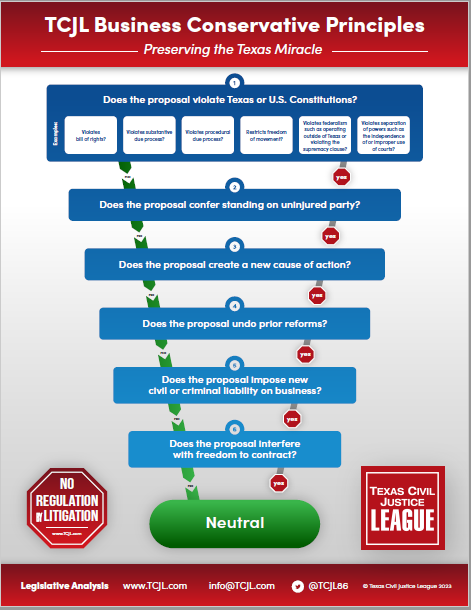 After more than 50 years of on-again, off-again litigation, the Corpus Christi Court of Appeals has put what we hope is the last nail in the coffin of Nueces County’s efforts to tax property located in San Patricio County.
After more than 50 years of on-again, off-again litigation, the Corpus Christi Court of Appeals has put what we hope is the last nail in the coffin of Nueces County’s efforts to tax property located in San Patricio County.
Nueces County and Nueces County Appraisal District v. San Patricio County (No. 13-21-0466-CV; filed December 28, 2023) originated in a 1972 lawsuit filed by San Patricio County to fix its boundary with Nueces County. That case eventually resulted in a 2003 judgment by a Refugio County district court establishing the boundary to include, among other things, certain property detached from the mainland by dredging (including Ingleside Point, Donnel Point, and Dagger Island). It also providerd that “[p]ast and future natural and artificial modifications to the shoreline of San Patricio County shall form a part of San Patricio County.” After the 2003 judgment became final, Nueces County attempted to nullify it by filing a petition for bill of review, which ultimately resulted in the court of appeals affirming the 2003 judgment.
In 2009 San Patricio County again brought suit in Refugio County to enjoin Nueces County from taxing certain properties that extended from San Patricio County into Nueces County bays. Nueces County then got venue transferred to Nueces County. Like the first suit, this case sat around for several years, until the Nueces County district court granted summary judgment for Nueces County in 2014. Once more, the court of appeals reversed, concluding that the suit should have stayed in Refugio County. In the meantime, property owners filed two lawsuits claiming double taxation by both Nueces and San Patricio Counties [In re Corpus Christi Liquefaction, LLC (CCL), 588 S.W.3d 275 (Tex. 2019) and In re Occidental Chem. Corp., 561 S.W.3d 146 (Tex. 2018)(orig. proceeding)]. In the Oxy case SCOTX held that “[t]he common law . . . supports treating docks, piers, and similar permanent facilities that are connected to the mainland of San Patricio County as a part of that county” and that “taxes owed by Oxy on its Piers [were] due [to] San Patricio County, not Nueces County.” In the CCL case, however, SCOTX declined to exercise its original jurisdiction because, among other things, Nueces County refrained from taxing the property and CCL received some refunds from other taxing entities.
Following SCOTX’s decisions in CCL and Oxy, the trial court resolved the 2009 case in favor of San Patricio County and issued a final judgment enjoining Nueces County and Nueces Central Appraisal District from taxing CCL’s property in San Patricio County. Nueces County appealed. In an opinion by Justice Peña, the court affirmed. Nueces County argued that CCL’s facility was factually distinct from Oxy’s because they involved pouring large volumes of cement into the bay and that those structures did not constitute an artificial modification to the shoreline of San Patricio County. Nueces County further argued that it provides services to structures in the bays by boat and that it issued bonds that supported development in the bay. The court of appeals brushed these arguments aside as clearly contrary to the 2003 final judgment binding the parties. CCL’s structures, like Oxy’s, constituted “piers and similar facilities” connected to San Patricio County and only San Patricio County could provide the necessary services to the facilities. The court further rejected Nueces County’s argument that land connected to the detached portion of Ingleside Point that has been raised above the mean lower tide line is in Nueces County as a collateral attack on the 2003 judgment, which clearly provided that any futurre artificial modifiction of the shoreline, by fill or otherwise, was part of San Patricio County.
As you may recall, in 2017 the legislature enacted legislation giving SCOTX original jurisdiction to resolve the boundary issue, which it did in the Oxy case. We hope that this decision closes down this endless litigation once and for all.











